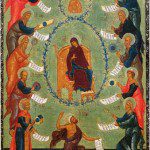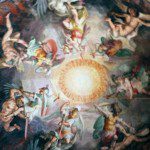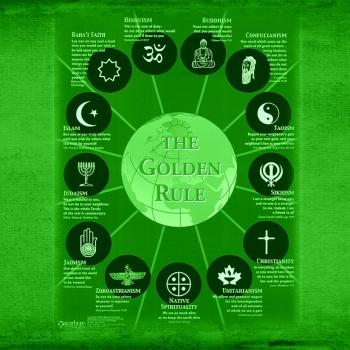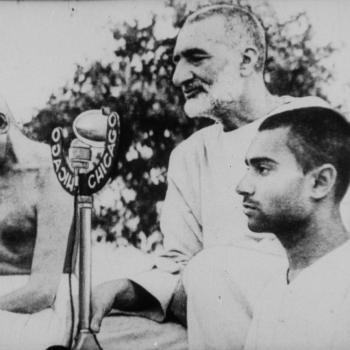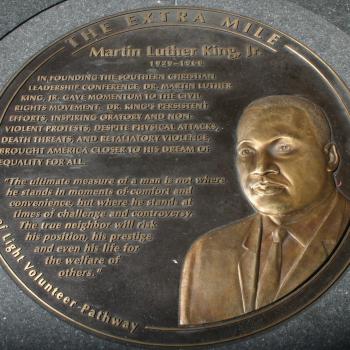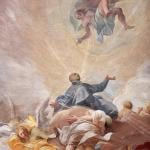2. The Curse of Fenric
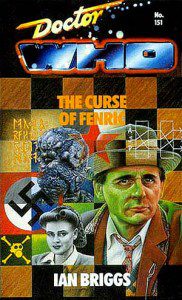
From the last season of the Seventh Doctor”s television era, The Curse of Fenric was quickly hailed as one of Sylvester McCoy’s best teleplays.
The Doctor lands at naval base with is companion, Ace, during World War II. Hidden in a church near an ancient church is an ancient Viking treasure which brought with it a curse that comes unleashed thanks, in part, to the presence of the Doctor. The descendants of the original Viking settles are all affected by the curse, putting them under its control, bringing people and creatures throughout time and space to the base in order to provide one of the Doctor’s greatest challenges ever: having to find a way to make his companion lose faith in him while leaving room to restore it once the conflict is over.
There are several different people involved in the story. On the base, there is the crippled scientist, Doctor Judson, who has created a machine capable of deciphering any code, called the Ultima Machine. The commander of the base, Millington, has been given order to turn the Ultima Machine into a booby trap, to have a strong and deadly toxin hidden within it which would be released once the proper code word, love, is given to it.
A Russian squad, headed by Captain Sorin, had been sent on a secret mission to take the machine for themselves, not knowing it was rigged and the plan was to have them take the machine and release the toxin when the time was right (after the war, when it was clear, the Russians would no longer be allies with Great Britain).
At the church, an elderly priest, Reverend Wainwright, had been losing his faith thanks to the war itself. He and the village was helping take care of refugees from the war, as well as house several women who served as code breakers for the war effort.
Then there is the Ancient One and his Haemovores, having been summoned from the future, the end product of human destruction of the environment, turning humanity into a kind of vampire-like creature which has as its weakness in inability to attack someone who puts up a psychic barrier, a barrier which can only be established by someone holding a purity of faith. The kind of faith is not important, any faith would suffice, but it has to be strong and without doubts, any doubt, and the psychic barrier can be broken through and the person killed or turned into a Haemovore themselves.
Finally, there is Fenric, an entity that the Doctor in an untelevised story had encountered and trapped “like a genie in a bottle.” Fenric likes to play games and use them as a means of taking control of the world for his own purpose. The Doctor previously had beat him in a game of chess, so now Fenric has created a time trap in which the Doctor is stuck in his own game of chess, with all the pieces surrounding him being controlled by Fenric by their connection with the Vikings who founded the village in which Fenric was buried as a piece of cursed treasure. Fenric has powers to take control of people as well as to create time storms, and was the one who brought the Ancient One to the area, hoping to use the Ancient One to begin the process of contaminating the earth and destroying it from the chemical weapons created by the war effort.
The Doctor has to find a way to save his companion, and others, from the Curse of Fenric. Throughout the story the power of faith is a key; we see people having a crisis of faith (Wainwright, Ace), as well as those who are apparently unreligious and yet have full faith in their own ideals (Captain Sorin with the Communist Revolution). Faith is shown to be able to save, while doubt is shown to be able to destroy, though we also see that an imbalanced faith (such as Ace has with the Doctor) can end up hurting more than they help, showing that it is not just faith, but the proper engagement with faith, that is necessary for it to be effective.
http://www.youtube.com/watch?v=mnJXAimJKCMThere are several layers of religious themes involved with this story, of which we will only mention a couple:
First, there is the legend of Fenric and the end of time coming from Nordic mythology. The commander of the base, Millington, believes that the legends are true and he is in a way working to bring about the end of the world. There is a telling conversation between Millington and the Doctor which demonstrates his belief in the old ways, and his willingness to work for and establish the Twilight of the Gods.
Secondly, there is the question of the Christian faith and what one is to do with it, if one lives in a nominal Christian society which acts contrary to the central message of the faith itself, the message of love. If faith, hope and love are the three theological virtues, what is a believer to do when all three seem to be lost to them and society at large?
And yet faith is still shown to be strong, so that the Doctor with his faith in his companions, is able to hold strong and save him and others from the initial attack of the Haemovores:
However powerful faith is, doubt is its perverse cousin, and the strength of faith can be overcome by such doubt; thus, any doubt gives the Haemovores the weakness they need in order to destroy the person they confront. Thus, sadly, when Wainwright confronts them by himself, it is his doubt which wins out, leading to his own destruction.
Faith is powerful, but it can be misplaced (as is Ace’s with the Doctor), and even with pure faith, one can be in the wrong, so that the faith the Russians have faith in communism is incapable of saving them from the greater evil at work being done by Fenric.
This story, therefore, serves as a presentation not only of the power of faith, which many note, but also its limits, which is less often discussed. It is a story about how faith is to exist in the midst of the Twilight of the Gods, whatever Gods one has. It shows the power such faith can have even in the darkest times, but also, the limits of faith, that faith can be said to save us, but also, faith alone, without a proper object for that faith can only go so far before salvation is lost — either because what was believed is false and so is incapable of fulfilling what it claims to give (perhaps seen in the way Sorin is taken over by Fenric), or that faith without the proper environment will lead to doubts which can and will often destroy the person so that there is nothing left to save (as seen in the death of Wainwright). It is a very dark story, with much death and destruction, and yet by the end, as with the way the Doctor rebuilds Ace, we see that the hope should prevail and that faith can be justified and save us from the darkness once we are set upon the right path.
The Curse of Fenric is a classic, engaging story, though it has several weaknesses, epsecially the way it was directed, with scenes often too bright to give it the atmosphere it needs, and acting which at times fails to achieve the pathos which should be brought out from the characters themselves (this is the problem with several scenes with Ace, where a bit more direction would have enhanced her performance and really brought Ace to life). Nonetheless, even with its defects, it has so much to it that it, like several on this list, remains one of my favorite Who stories of all time.


